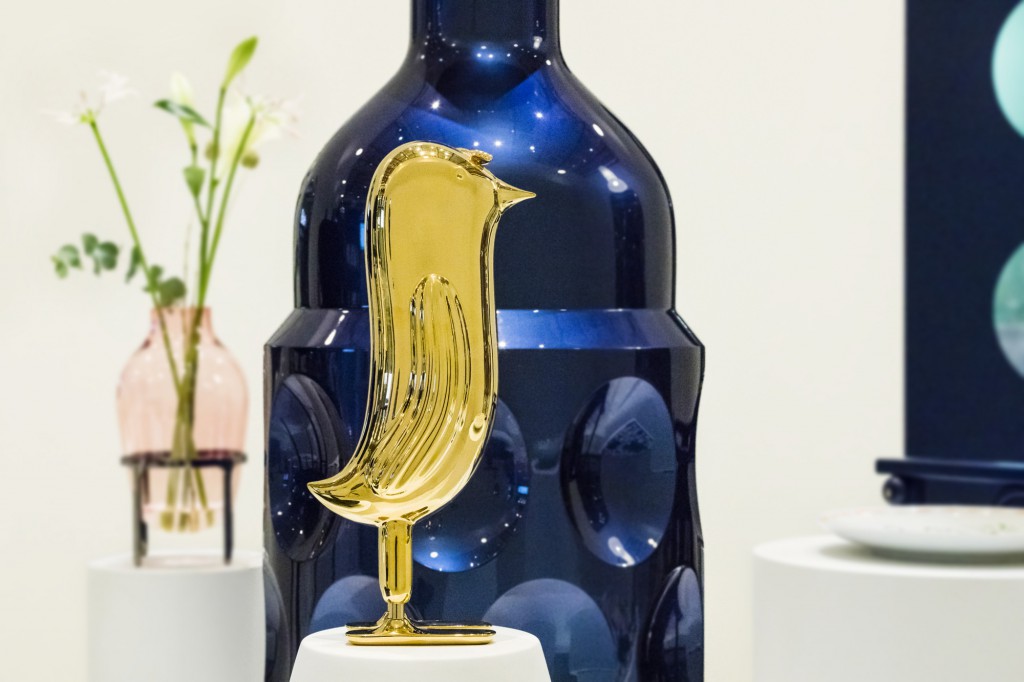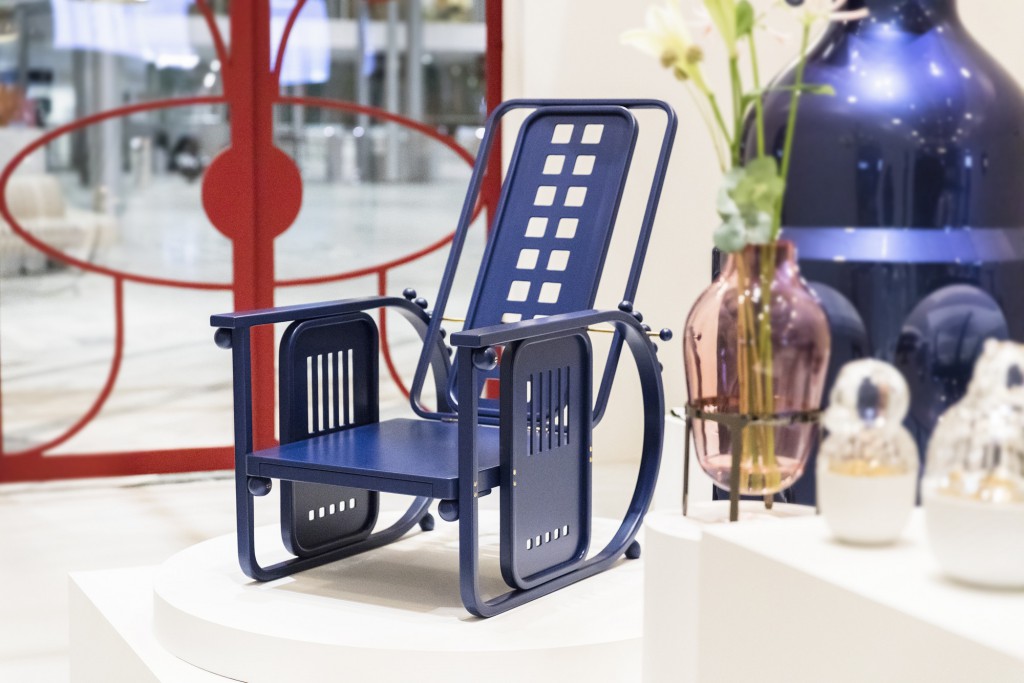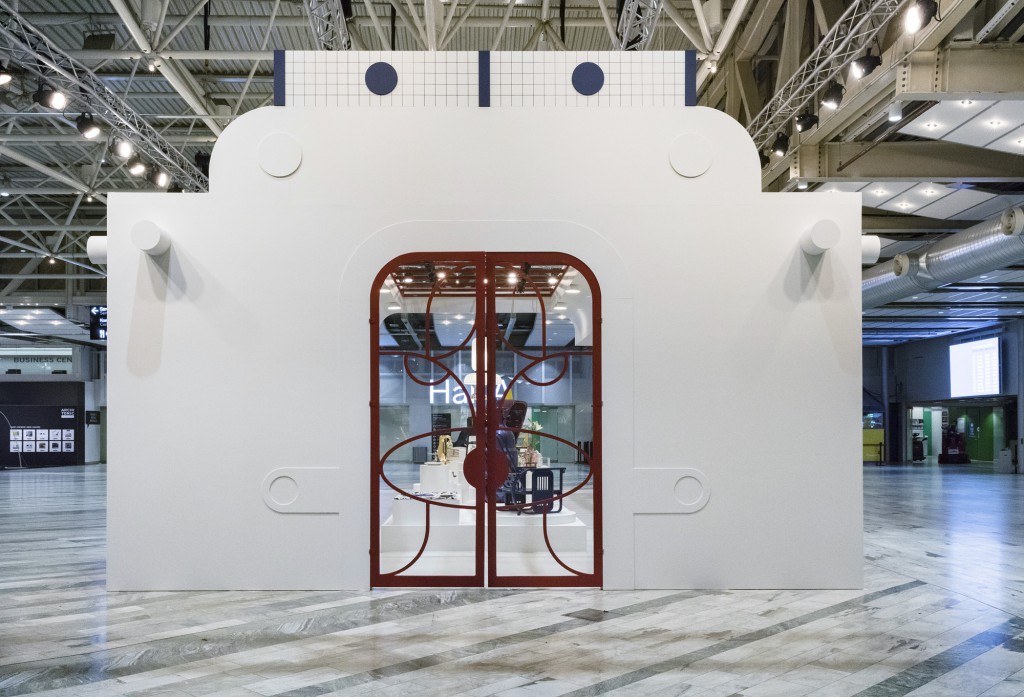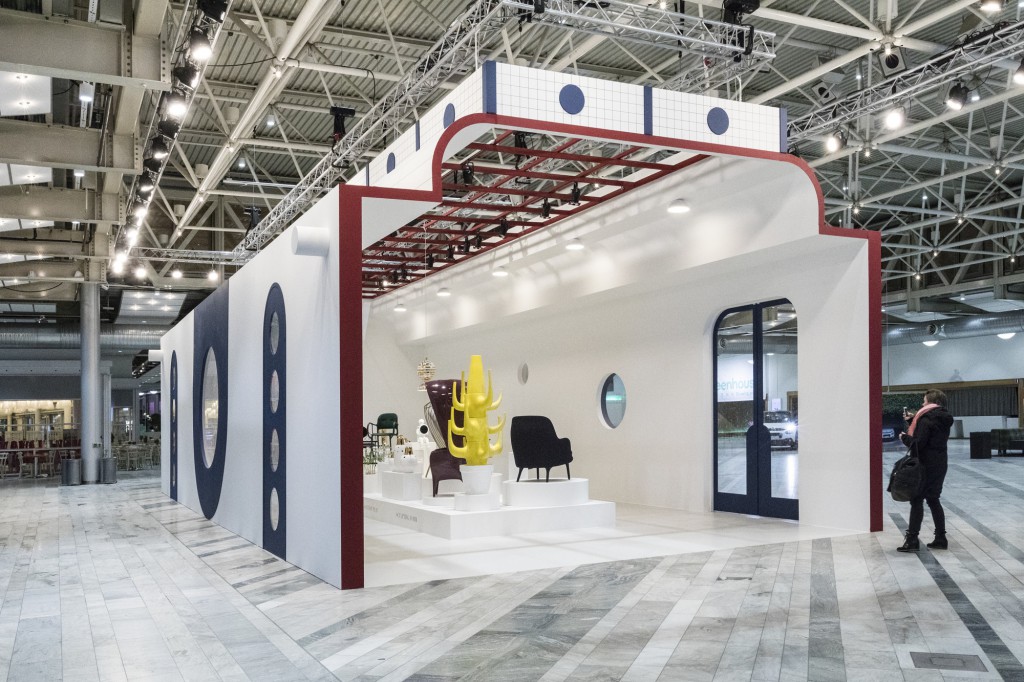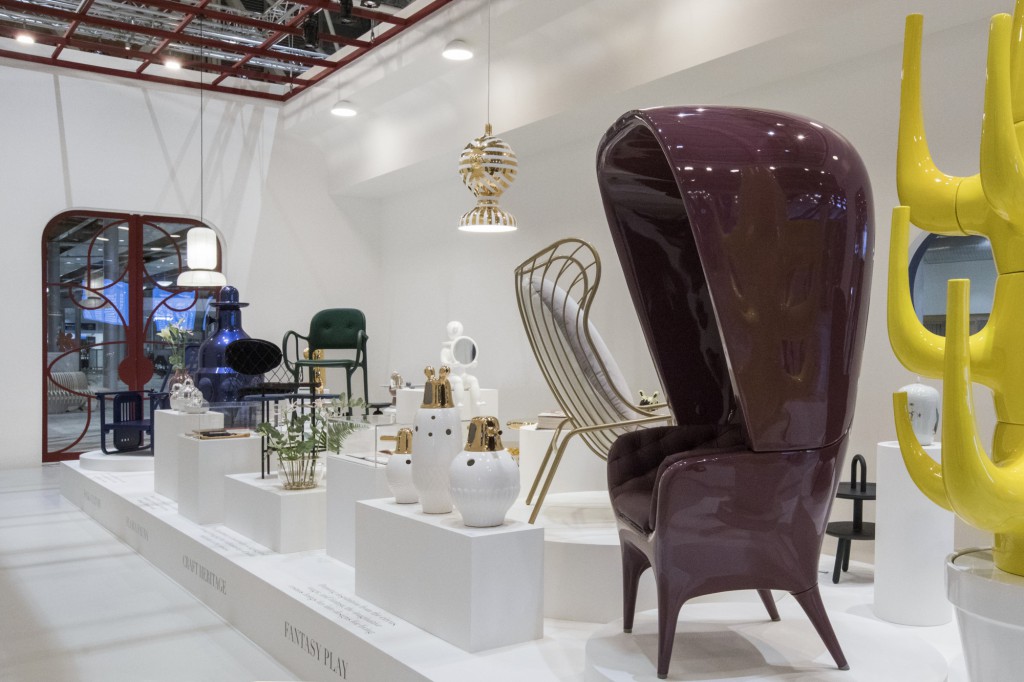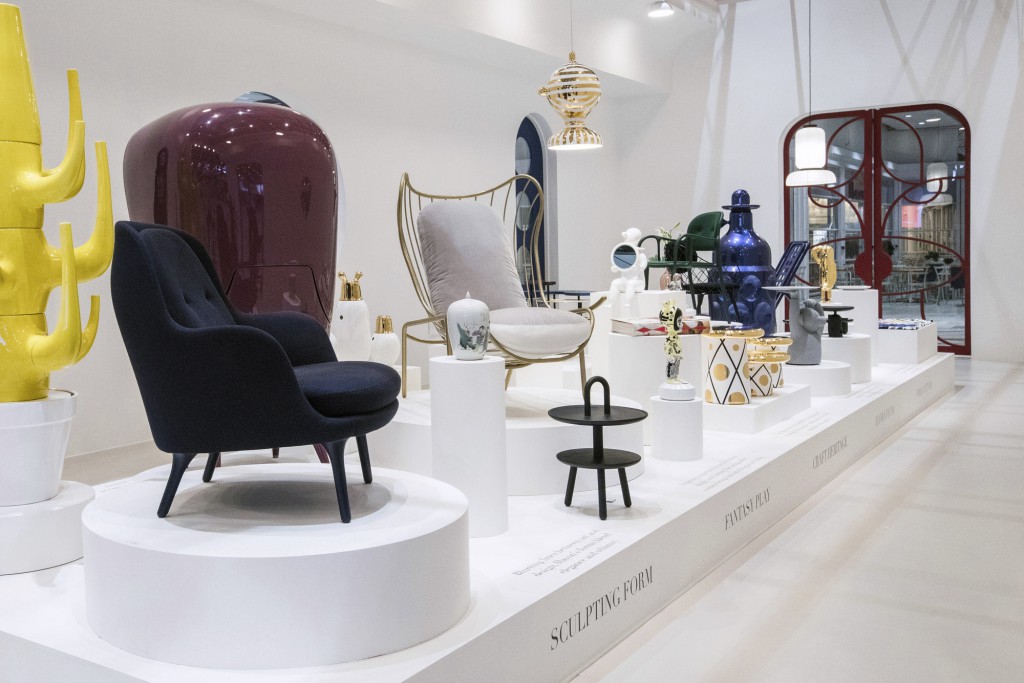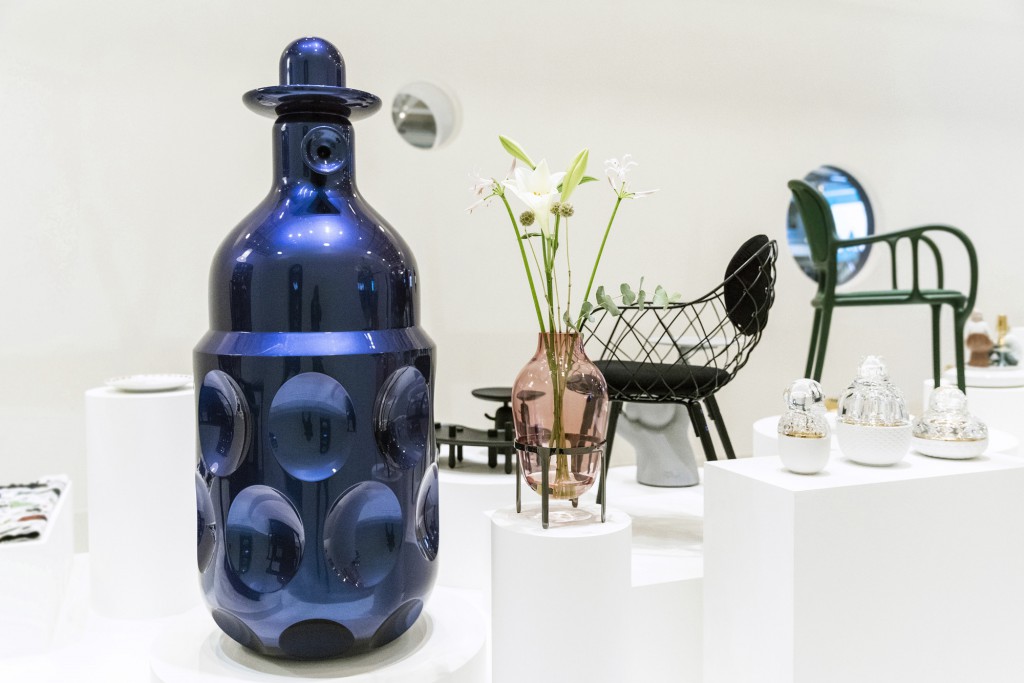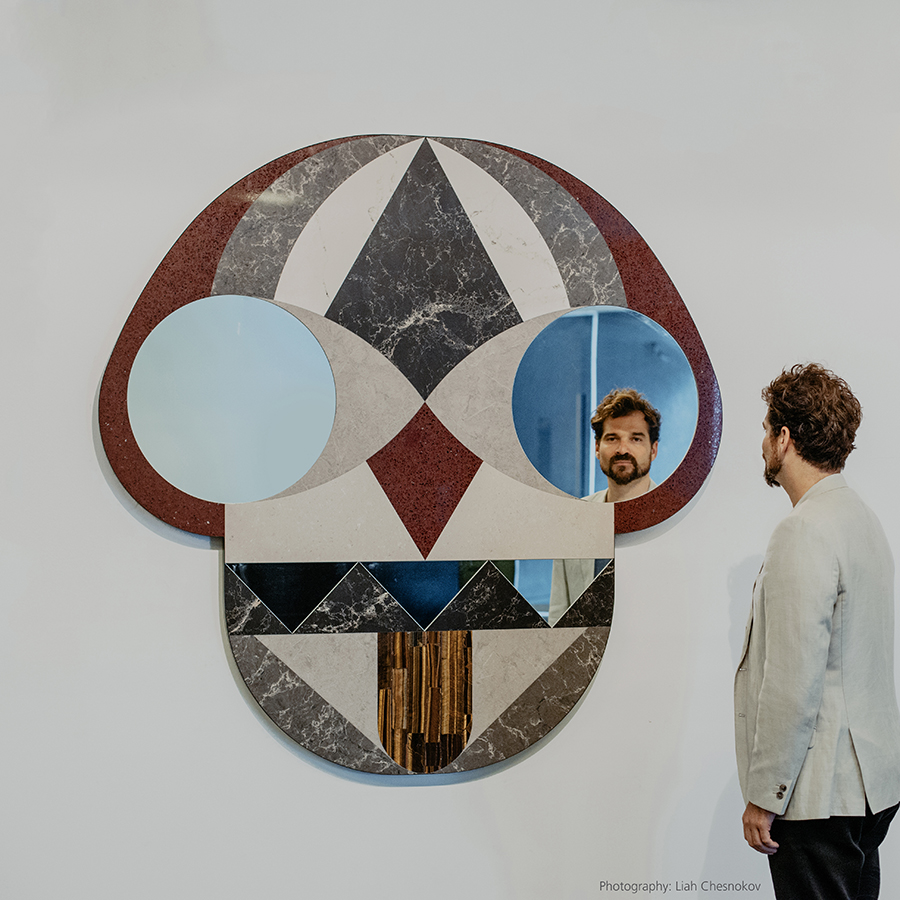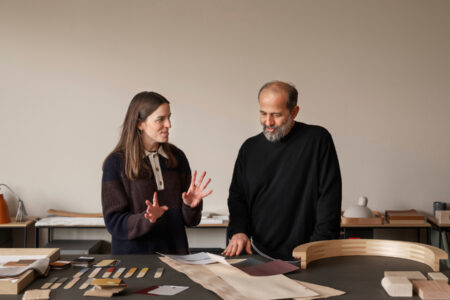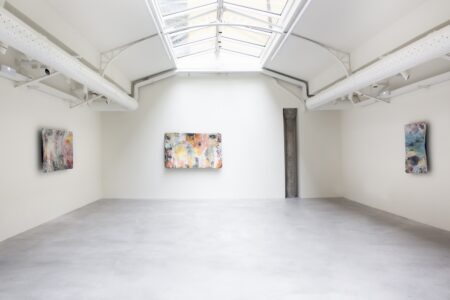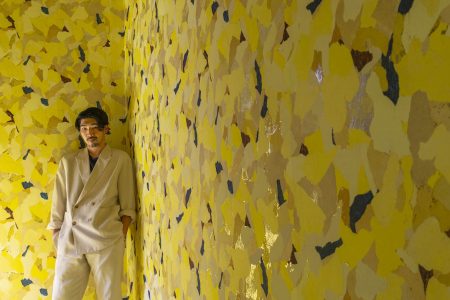
Jaime Hayón: From Stockholm to Milan
Jaime Hayón reflects on his Stockholm Furniture Fair pavilion and gives TLmag a taste of what he’s working on now.
Time flies from one major design event to the next, especially if you’re as renowned as Jaime Hayón. Ahead of Milan Design Week coming up from April 4 to 9, the Spanish designer took a moment with TLmag to reflect on his Stockholm Furniture Fair pavilion and cast his periscope into the future.
TLmag: What were your creative intentions behind the Hayón DNA gallery at Stockholm Furniture Fair?
Jaime Hayón: We have made various exhibitions in the past that showed the evolution of my work. There was a chronological focus to most of these. The DNA Gallery was an opportunity to use a different lens: the thematic inspirations behind my creative process, inscribed in areas of thought that I find interesting to pursue. The intention was to show inspiration and cross references, giving insight into my creative process.
The gallery showed a lot of different architectural and design styles, as well as other inspiration from your travels. What does it take for something to inspire and stick with you?
There are no set rules for the inspirations behind my work. In this particular exhibition, we selected several themes that have been a constant source of inspiration in recent years: Sculpting Form, Fantasy Play, Craft Heritage, Flora Fauna and Folk Culture.
How was the experience of designing an architectural pavilion? Will you be doing more large-scale architectural design?
I loved the possibility of creating this pavilion. It allowed me to explore a unique and personal type of scenario to showcase my work. Hopefully, there is more architectural design to come. We are working on some future possibilities.
Previewed in Stockholm and soon to be launched by Wittmann in Milan, is your favourite chair. How have you reinvented the Sitzmaschine, created by Austrian designer Josef Hoffman in 1905?
I love this piece. I find it unique, daring and very interesting. I am an admirer of Hoffman’s work – I think he was a visionary for his time. I was very happy to be able to meet the company who produces most of his pieces and collaborate on this version of the Sitzmaschine.
Can you tell us about the large-scale sculptures and tapestries destined for Atlanta?
I can tell but I can’t show! The work is in process of construction. I am in Italy at the moment working on this very project – have a look on Instagram. There are two different projects that will be shown next summer at the High Museum in Atlanta. One is a collection of exterior interactive sculptures called the Merry Go Zoo, and the other is an installation of large tapestries and hand-painted ceramic vases called Technicolor. We have had a great experience with the museum, and can’t wait to show the new work.
Is there a difference in your work and creative process when making large-scale sculptural works vs mass-produced products?
Sometimes there is and at other times there isn’t. It really depends on the project, the inspiration behind it and the focus of the collection. Artistic installations always allow for additional freedom and fewer constraints than mass-produced products, but I try not to focus on that and direct my energy towards a theme and concept that will allow each project to be part of my creative universe.
What can we anticipate from you at Milan Design Week this year?
For Fritz Hansen, I have curated a scenographic exhibition, called the Fritz Hotel, which launches the Lune collection. The Stone Age Folk installation for Caesarstone will pick up on my Flora Fauna theme. People tend to see Caesarstone as a material that is only used in kitchens, but I looked at it from the viewpoint of an artist and designer. With this in mind, I wanted to create my own imaginative cosmos, using the brand’s quartz material alongside other noble materials like glass and metal. New products for Nani Marquina, Wittmann, Arflex, Magis and BD Barcelona will also be launched.
